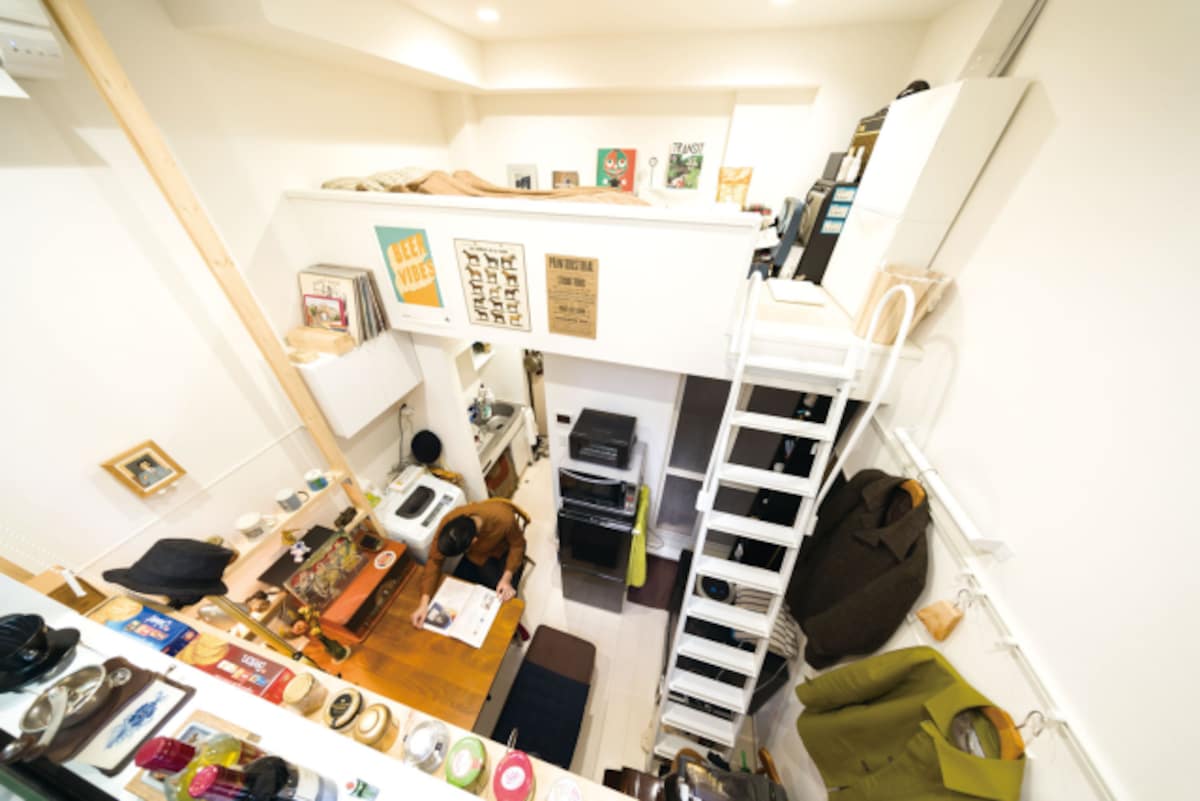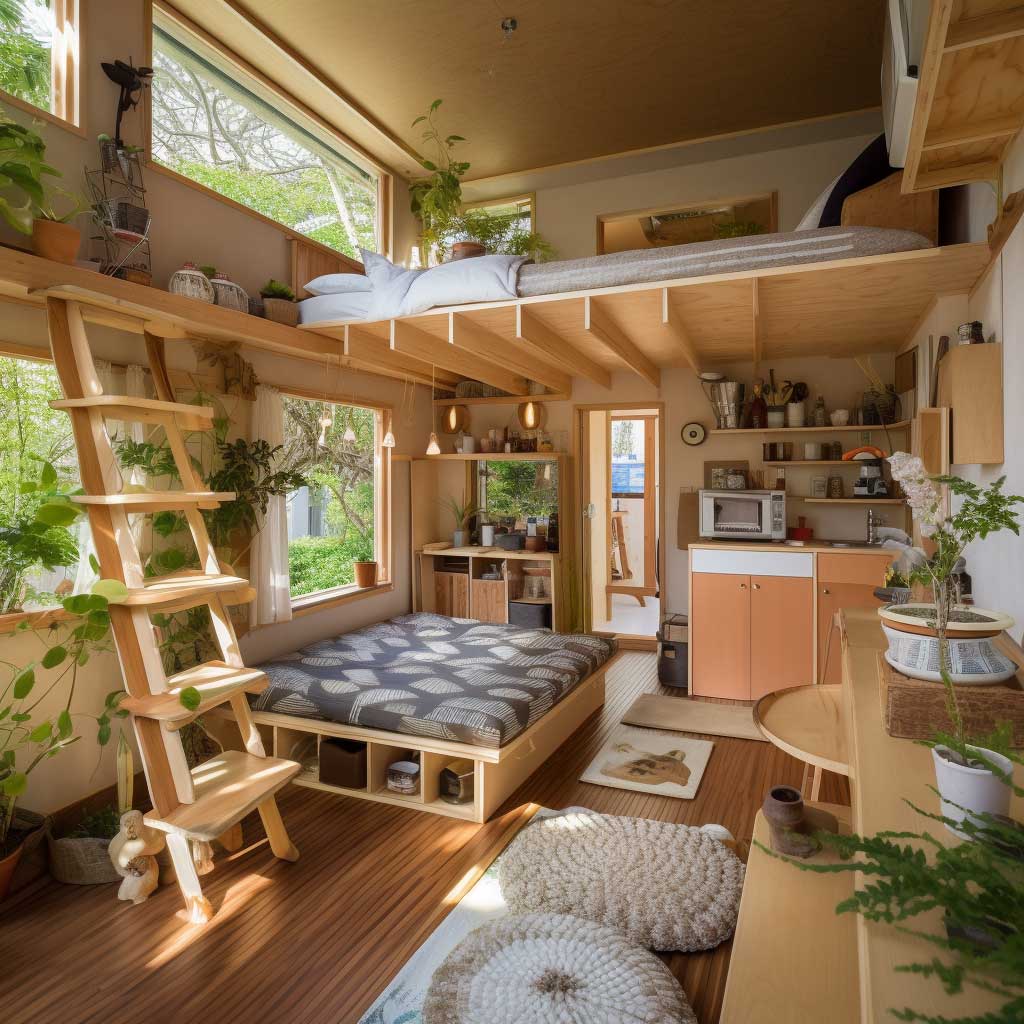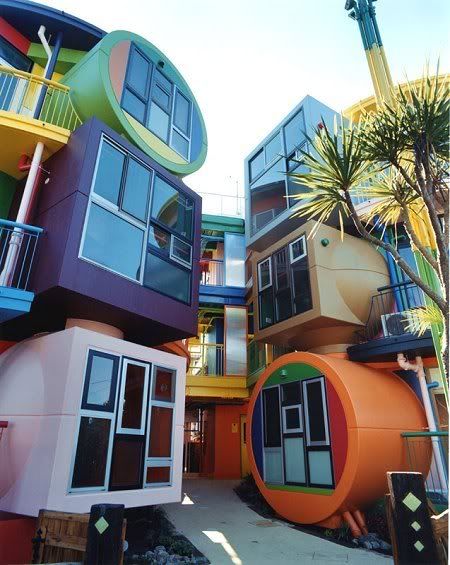Small Apartment Japan: Tiny House Living in the Land of the Rising Sun

In the bustling metropolis of Tokyo, where space is a precious commodity, small apartments have become a way of life. These tiny abodes, known as "apato" in Japanese, offer a unique and often surprising glimpse into the lives of urban dwellers in one of the world’s most densely populated cities.

Compact and Efficient

Small apartments in Japan are typically around 20-30 square meters (215-323 square feet) in size. This may seem cramped by Western standards, but Japanese architects have mastered the art of maximizing space through clever design.

Apartments often feature built-in furniture, such as beds that fold up into walls, tables that can be extended or hidden, and storage solutions that utilize every nook and cranny. This allows residents to live comfortably in a small space without sacrificing functionality.

Multipurpose Spaces
Japanese apartments often feature multipurpose spaces that can be used for multiple purposes. For example, the living room may also serve as a dining area or a guest room. This flexibility allows residents to make the most of their limited space.

Natural Light and Ventilation

Despite their small size, many small apartments in Japan have large windows that let in plenty of natural light. This helps to create a sense of spaciousness and reduces the need for artificial lighting.
/cdn.vox-cdn.com/uploads/chorus_image/image/63965742/hosaka1.0.jpg)
Apartments also typically have good ventilation, with cross-ventilation systems that allow air to circulate throughout the space. This helps to keep the air fresh and prevents the apartment from feeling stuffy.

Traditional Elements

While small apartments in Japan are often modern in design, they often incorporate traditional Japanese elements, such as tatami flooring, shoji screens, and sliding doors. These elements add a touch of warmth and tradition to the space.

Community and Convenience

Living in a small apartment in Japan also comes with a sense of community. Many apartment buildings have shared spaces, such as laundry rooms and rooftop gardens, where residents can interact with each other.

Small apartments are also typically located in convenient areas, close to public transportation, shops, and restaurants. This makes it easy for residents to get around and enjoy the city’s amenities.

Conclusion

Small apartments in Japan offer a unique and often surprising glimpse into the lives of urban dwellers in one of the world’s most densely populated cities. Through clever design, multipurpose spaces, and a focus on natural light and ventilation, Japanese architects have created tiny abodes that are both functional and comfortable. While they may be small in size, these apartments are big on charm and convenience, making them a popular choice for those who want to live in the heart of the bustling metropolis.





:max_bytes(150000):strip_icc()/studio-h-micro-apartment-renovation-studio-hoka-17A-69db78732c304478a0fbe1d9d16cd07b.jpg)










